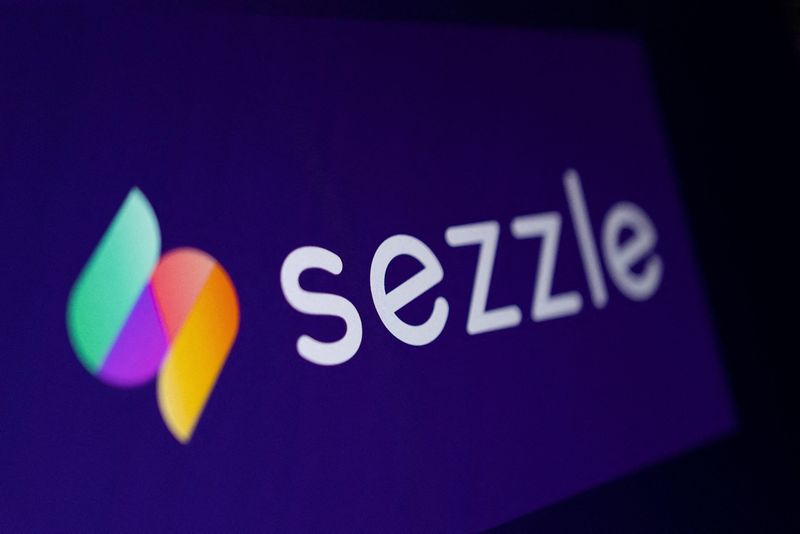
BNPL lender Sezzle plunges as short-seller Hindenburg Research takes aim
(Reuters) – Buy now, pay later firm Sezzle’s shares plunged on Wednesday after Hindenburg Research disclosed a short position, citing risky lending practices alongside a decline in customers and merchants.
Sezzle’s stock, which has gained over 1,000% so far this year, fell as much as 28.6% to $225 earlier in the session, before paring some losses. It was last trading 14% lower.
“Our findings show Sezzle is borrowing expensive capital to make extremely risky loans through a struggling platform that is rapidly losing customers and merchants,” the short seller said.
Hindenburg, which was behind an over $100 billion market rout in India’s Adani Group and had also taken aim at Jack Dorsey-led Block, added Sezzle insiders have been selling stock or cashing out through a massive margin loan.
Sezzle did not immediately respond to a Reuters request for comment. Reuters could not independently confirm the claims of the Hindenburg report.
BNPL is a financing option that allows consumers to make purchases and pay for them over time, typically in a series of installments. It exploded in popularity in 2020 after the COVID-19 pandemic forced more shoppers online.
As most BNPL providers do not report their loans to the credit reporting agencies, there is scant data regarding delinquencies.
In November, Sezzle reported Underlying Merchant Sales were up 40.6% year-over-year for the quarter ended Sept. 30.
It also raised its forecast for full-year adjusted profit and revenue growth.
Founded in 2017 by Nathan Anderson, Hindenburg is a forensic financial research firm that analyses equity, credit and derivatives.
Hindenburg invests its own capital and takes short positions against companies. After finding potential wrongdoings, the company usually publishes a report explaining the case and bets against the target company in the hopes of making a profit.
Short sellers typically sell borrowed securities and aim to buy these back at a lower price.

